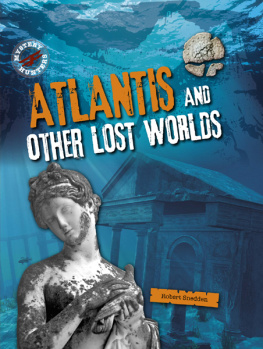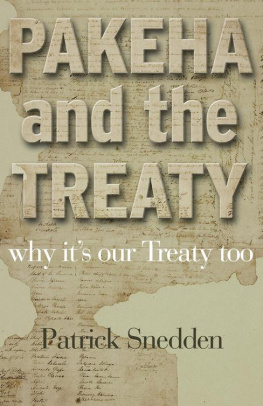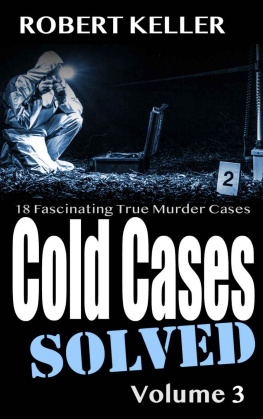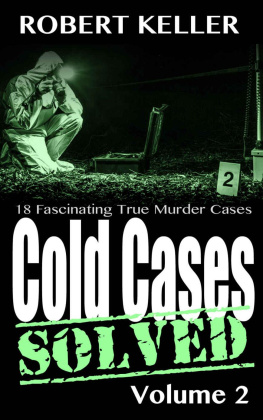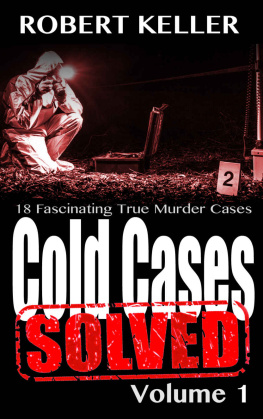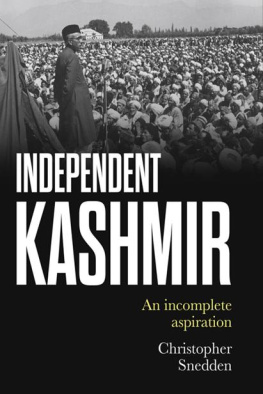Robert Snedden - Problem Solved!: The Great Breakthroughs in Mathematics
Here you can read online Robert Snedden - Problem Solved!: The Great Breakthroughs in Mathematics full text of the book (entire story) in english for free. Download pdf and epub, get meaning, cover and reviews about this ebook. publisher: Arcturus Digital Limited, genre: Children. Description of the work, (preface) as well as reviews are available. Best literature library LitArk.com created for fans of good reading and offers a wide selection of genres:
Romance novel
Science fiction
Adventure
Detective
Science
History
Home and family
Prose
Art
Politics
Computer
Non-fiction
Religion
Business
Children
Humor
Choose a favorite category and find really read worthwhile books. Enjoy immersion in the world of imagination, feel the emotions of the characters or learn something new for yourself, make an fascinating discovery.
- Book:Problem Solved!: The Great Breakthroughs in Mathematics
- Author:
- Publisher:Arcturus Digital Limited
- Genre:
- Rating:5 / 5
- Favourites:Add to favourites
- Your mark:
- 100
- 1
- 2
- 3
- 4
- 5
Problem Solved!: The Great Breakthroughs in Mathematics: summary, description and annotation
We offer to read an annotation, description, summary or preface (depends on what the author of the book "Problem Solved!: The Great Breakthroughs in Mathematics" wrote himself). If you haven't found the necessary information about the book — write in the comments, we will try to find it.
Problem Solved!: The Great Breakthroughs in Mathematics — read online for free the complete book (whole text) full work
Below is the text of the book, divided by pages. System saving the place of the last page read, allows you to conveniently read the book "Problem Solved!: The Great Breakthroughs in Mathematics" online for free, without having to search again every time where you left off. Put a bookmark, and you can go to the page where you finished reading at any time.
Font size:
Interval:
Bookmark:

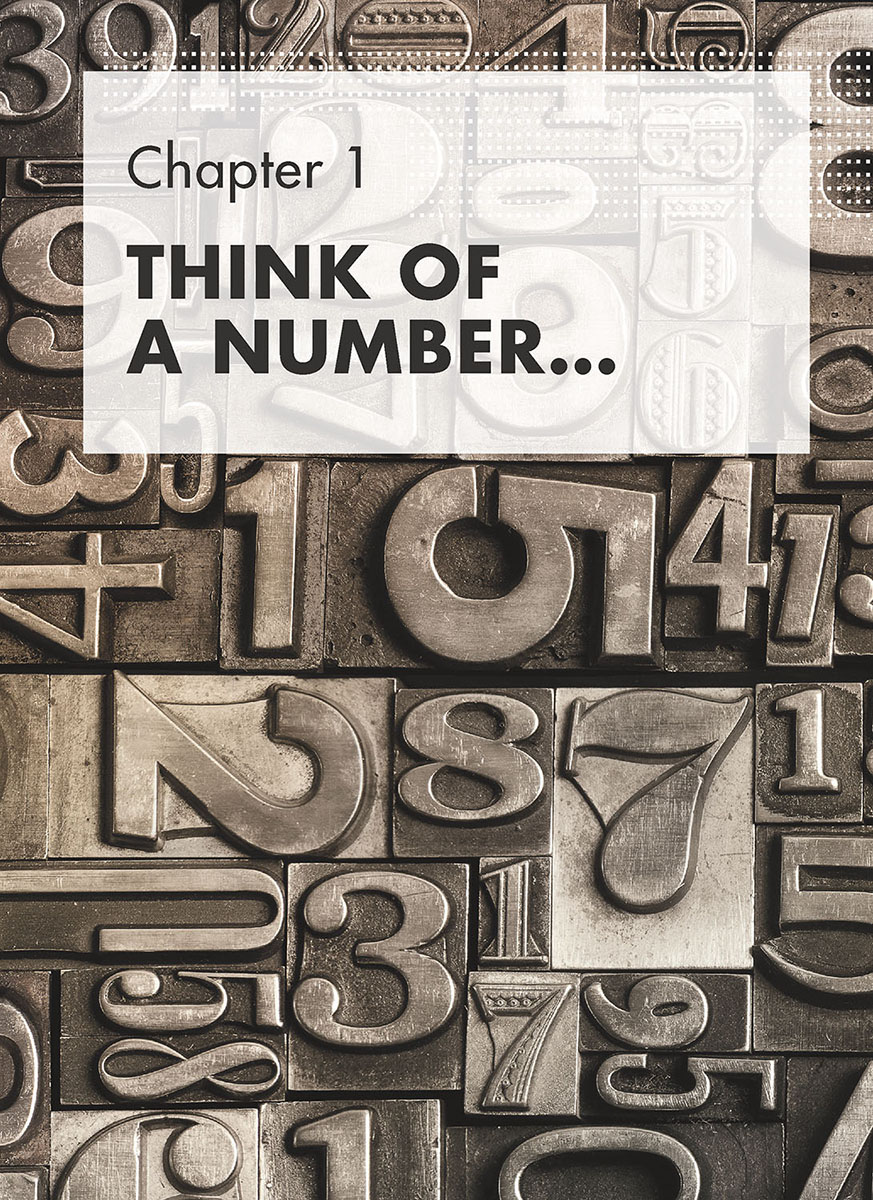
Mathematics is the art of problem solving.
George Plya, mathematician.
Getting through life requires the ability to access information in a variety of forms about all manner of things. One type of information we use a lot comes in the form of numbers. How much money do I have in the bank? How many minutes do I have to wait until my train arrives? How many marks did I score in the test? But it hasnt always been this way.
Our hunter-gatherer ancestors had to remember which fruits were poisonous and which were good to eat; they needed to know where animals could be found and how they were likely to behave. But almost certainly they didnt count the number of berries on a bush or the number of animals in a herd. So, when did people first start using numbers? When did knowing how much there was of something become a problem?
| Number timeline | |
| C.37,000BC | Notched bones may provide the first evidence that humans are thinking about numbers. |
| C.4,000BC | Evidence of the use of numbers begins to appear in the river valley civilizations of the Indus, Nile, Tigris and Euphrates, and Yangtze. |
The language of mathematics is expressed in numbers. If we hadnt learned to count and use numbers, civilization as we know it would have been impossible. It has been suggested that numbers and mathematics are so fundamental to our nature that mathematical thinking must have grown in parallel with the development of human thinking processes in general.
We cannot know how early humans viewed the world. All we can do is to make guesses based on the artefacts they left behind. The earliest physical evidence we have to suggest mathematical thinking is the Lebombo bone. This fragment of a baboons leg bone was found in a cave in the Lebombo mountains of Swaziland in southern Africa and is approximately 37,000 years old. Carved into the surface of the bone are 29 distinct notches. The exact purpose of the bone is unclear. But it has similarities with the calendar sticks still used by present-day hunter gatherers in Namibia, and it has been suggested that it was a tool for keeping track of the days of the lunar month or of a womans menstrual cycle. Were African women the worlds first mathematicians?
In 1937, a wolf bone was unearthed in what is now the Czech Republic. Estimated to date back to 30,000BC, the bone is engraved with 55 deeply cut notches in groups of five, which is the traditional grouping used for tallying. (See for why this may be so.)
Can you be aware of a number without having a name for it? Present-day hunter gatherers such as the Warlpiri in Australia count one, two, many, while the slightly more numerate Munduruku of South America have no names for numbers greater than five. If the Warlpiri only have words for one and two could they, for example, choose between four pieces of fruit or five? Neuroscientist Brian Butterworth carried out an experiment in 2008 in which he asked Warlpiri children to lay out the number of counters that corresponded to the number of sounds he made. The Warlpiri did just as well as children from English-speaking backgrounds. Though they lacked the language to express it, the Warlpiri were just as aware of quantity as anyone else.
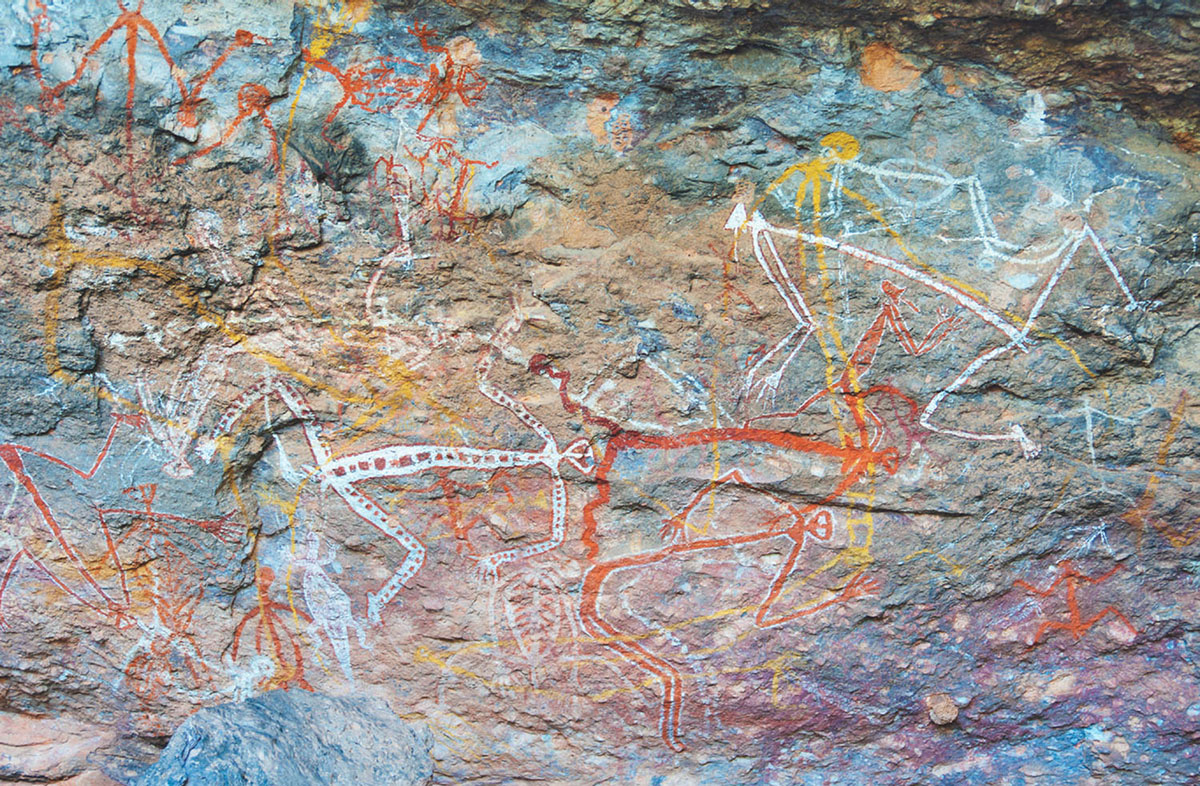
Aboriginal rock paintings in Kakadu National Park, Australia. The Warlpiri are a numerate people, however they do not express their numeracy in linguistically similar ways to Western cultures.
Another famous example of a possibly mathematical artefact are the two Ishango bones. The first, and most famous, was discovered in the 1950s at Ishango village in what is now the Democratic Republic of Congo. It has been dated at around 22,000 years old. The Ishango bones carvings are more complex than those of the earlier Lebombo bone. There are three sets of grooves, carved in sequences of:
19, 17, 13, 11
7, 5, 5, 10, 8, 4, 6, 3
9, 19, 21, 11
What could be the significance of these number groups? The bones discoverer, Belgian geologist Jean de Heinzelin de Braucourt, suggested that the notches might represent a game based on arithmetic and that the patterns formed by the notches indicated that the carver used a base-10 counting system and had knowledge of multiplication. Others have suggested that, like the Lebombo bone, the Ishango bone was also a timekeeper, used to keep track of the phases of the moon.
Its worth keeping in mind that we have no idea of the context in which these bone markings were made we are only inferring a purpose for bones such as these from our present-day standpoint. The Lebombo bone is broken so there may well have been more than 29 incisions on it, which would put an end to speculation that it was a lunar calendar reckoner. And even if 29 incisions were all there were, their purpose could still be something quite unknown to us. It might have been used by someone checking the sharpness of recently made flint tools, for example. The grooves on the Ishango bone might be there to make it easier to grip. Or perhaps the carver was simply idling away the time by the campfire as he, or she, waited for the Sun to rise on another day.
Subitize this
Subitizing is the ability to look at a small number of objects and see how many there are without actually counting them. We do it all the time. If you take four or five coins out of your pocket you can see at a glance how many there are without needing to count them. It does appear, though, that five is the maximum set of objects our brains can recognize beyond that, we do have to count. This number sense is an ability that isnt particular to humans honeybees, birds and monkeys have all demonstrated that they can do the trick but only humans took the next step and began to count things that lay beyond the scope of subitizing.
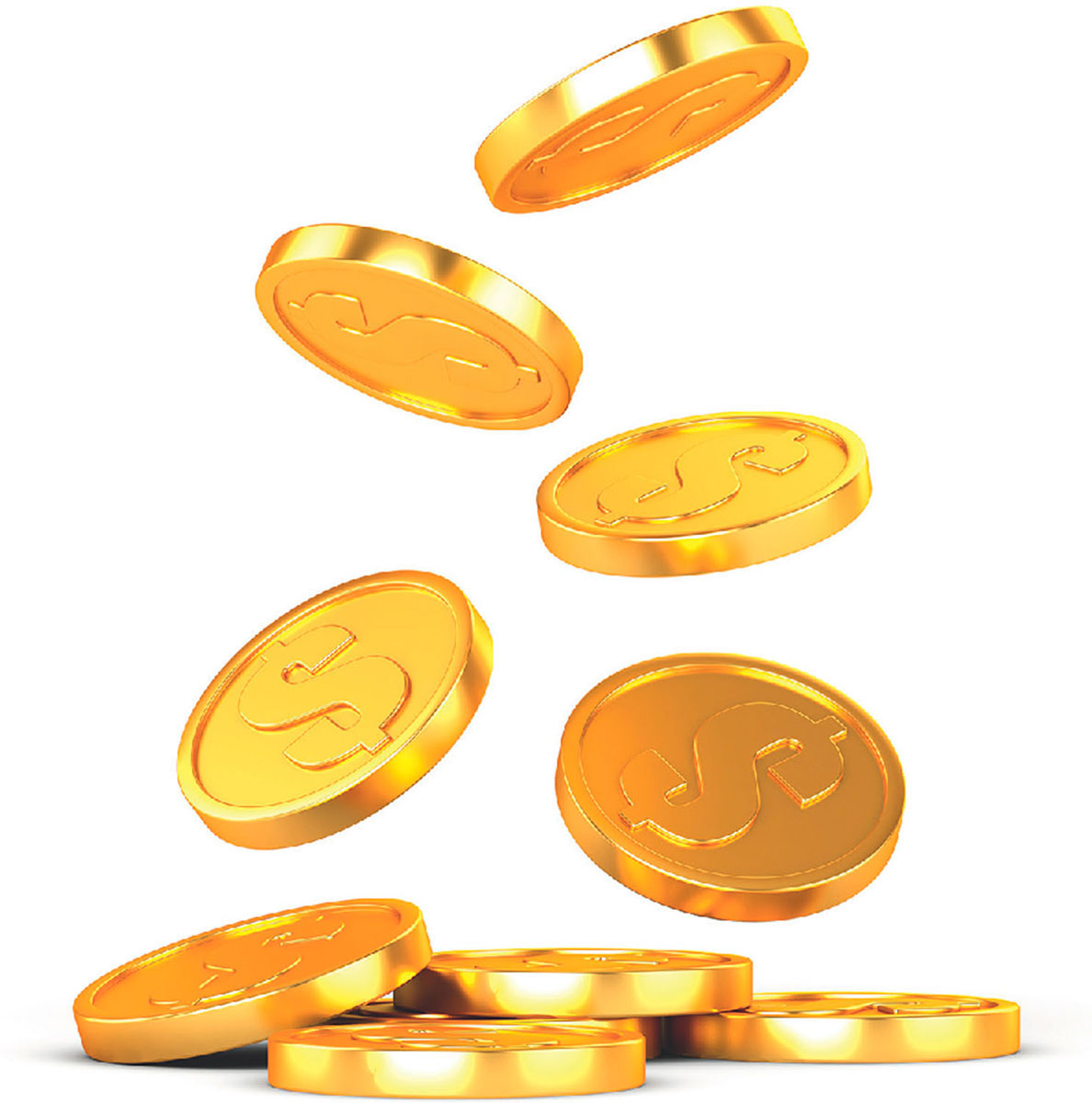
When you can see, just at a glance, how many coins there are without having to count each one, this is known as subitizing and its a good example of our ability for number sensing in action.
We have no idea when numbers and counting became important, but it is likely that it began about 10,000 years ago, around the time that people began to settle in one place and farm, rather than hunt and gather. It might not have mattered how many wild boar there were in a herd before you started hunting them, but if you started the day with 20 sheep in your flock youd probably want to know that you still had 20 sheep at the end of it.
A shepherd with 20 sheep could tally them off against grooves cut in a tally stick, or indeed by using his or her fingers and toes. Another way is to make a small heap of pebbles, each pebble representing one sheep in a simple one-to-one correspondence. Theres no need even to count them all that need be done is to remove one pebble from the pile every time a sheep is returned to its pen in the evening. In fact, the word calculation has its root in the Latin
Font size:
Interval:
Bookmark:
Similar books «Problem Solved!: The Great Breakthroughs in Mathematics»
Look at similar books to Problem Solved!: The Great Breakthroughs in Mathematics. We have selected literature similar in name and meaning in the hope of providing readers with more options to find new, interesting, not yet read works.
Discussion, reviews of the book Problem Solved!: The Great Breakthroughs in Mathematics and just readers' own opinions. Leave your comments, write what you think about the work, its meaning or the main characters. Specify what exactly you liked and what you didn't like, and why you think so.



